$89.97 Original price was: $89.97.$62.98Current price is: $62.98.
SKU: D2LSC 935592972 Categories: Low Maintenance Trees, TREES
- Quality that lasts, prices that don't.
- Experience the difference quality makes.
- Satisfaction Guaranteed
- 100% High Quality Guarantee

Queen Bee Chaste Tree
Vitex agnus-castus ‘Bailtexthree‘ PP35259
Other Names: Queen Bee Chaste Bush
Plant Details
USDA Plant Hardiness Zones: 6a-9b Find Your Zone
Plant Type: Deciduous Flowering Shrub or Tree
Height at Maturity: 5-6′
Width at Maturity: 7-9′
Spacing: 6′ for solid hedge; 10’+ for space between plants
Growth Habit / Form: Upright, Broad, Mound
Growth Rate: Very Fast
Flower Color: Lavender
Flower Size: Small in 6-10″ spire-like clusters
Flowering Period: Early Summer with rebloom throughout Summer
Flower Type: Single, in spired clusters
Fragrant Flowers: –
Foliage Color: Rich Gray-Green
Fragrant Foliage: Yes, aromatic
Sun Needs: Full Sun or Mostly Sun, Morning Shade with Evening Sun. We suggest 6 hours or more of direct sunlight daily
Water Needs: Average, low when established
Soil Type: Clay (well-draining), Loam, Sandy, Silt
Soil Moisture / Drainage: Moist But Well Drained
Soil pH: 6.0 – 7.5 (Slightly Acidic to Slightly Alkaline)
Maintenance / Care: Very Low when left to grow naturally
Attracts: Butterflies, Beneficial Pollinators, Hummingbirds, Songbirds, Visual Attention,
Resistances: Deer, Disease, Drought (moderate when established), Heat, Insect, Periodic Wet Soils
Description
The Queen Bee Chaste Tree is a semi-dwarf that we consider more a broad shrub than a tree. It forms a mound 5 to 6 feet tall and 7 to 9 feet wide when fully grown, making it a good choice for filling space in sunny landscape borders or on slopes. Exceptionally floriferous, it blooms in early summer with rebloom throughout the season, featuring abundant, long, curved spikes of lavender-blue flowers that attract bumblebees, honeybees, butterflies, and other beneficial pollinators. The nectar-rich flowers will surely attract and satisfy the appetites of hummingbirds, butterflies, and other beneficial pollinators. Its lush, palmate, gray-green leaves, which resemble those of Japanese maples, also provide outstanding texture to the landscape. If you’re into feeding beneficial pollinators and birds, who will feast on the seeds during winter, this is a “must-have” plant that provides a readily available food source.
Landscape & Garden Uses
Queen Bee Chaste Tree grows 5 to 6 feet tall and 7 to 9 feet wide, making it a fine accent, grouping, or informal hedge in sunny landscape borders and on slopes. It is a fine addition to bird gardens, butterfly gardens, hummingbird gardens, beneficial pollinator gardens, Asian theme gardens, cottage gardens, and purple or blue theme gardens.
Suggested Spacing: 6 feet apart for solid hedge; 10 feet or more apart for space between plants
Growing Preferences
Queen Bee Chaste Tree is easy to grow in moist, well-drained soil of average fertility, including clay, and in full to mostly sun. Six or more hours of direct sunlight daily is suggested. It is moderately drought-tolerant when established, only requiring supplemental water during prolonged summer drought. No pruning is necessary; however, it responds well to it for shaping purposes or to control size.
Note: The chaste tree is cold-hardy in USDA Zones 6a-9b. In USDA Zones 6, young plants might die back to the ground during a severe winter. If so, cut the plant back to the ground like a butterfly bush, and it will quickly regrow in spring.
Helpful Articles
Click on a link below for helpful advice from our experts on planting and caring for a Vitex Chaste Tree.
How To Plant A Chaste Tree
How To Fertilize, Prune & Water A Chaste Tree
Plant Long & Prosper!
Meet The Wilson Brothers & Staff
Questions? Contact Us!
Be the first to review “Queen Bee Chaste Tree (Vitex) – 3 Gallon Pot” Cancel reply
Related products
Sale!
Sale!
Sale!
Fall Color Trees
Chestnut Oak Tree (Quercus Prinus) – 3 Pack Of 1.5 Quart Pots
Sale!
Sale!
Sale!
Sale!
Sale!


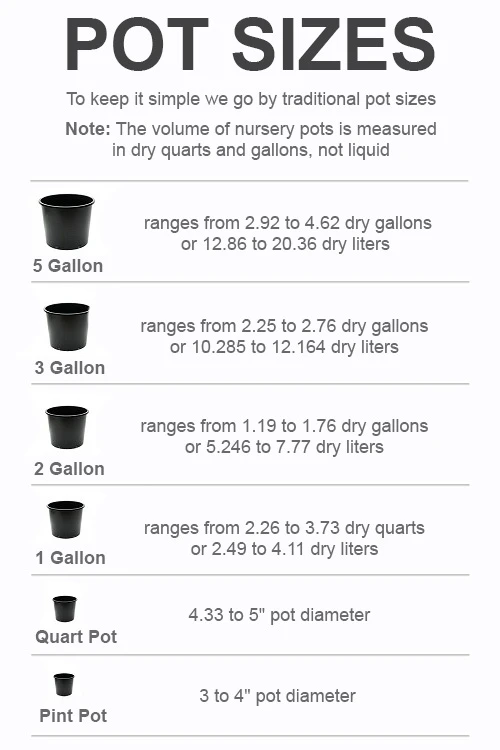


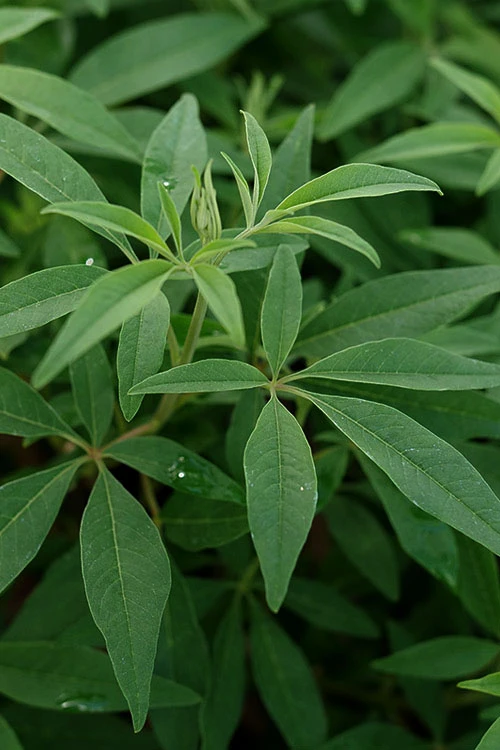
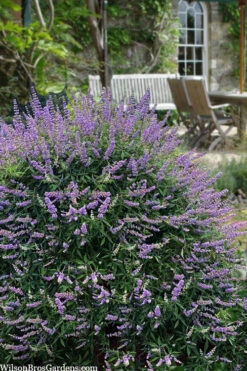
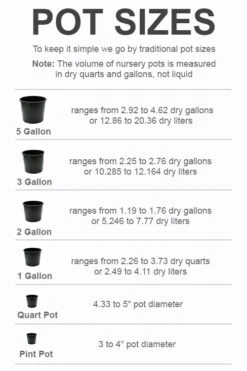
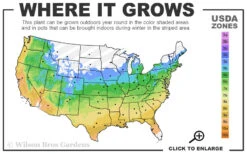
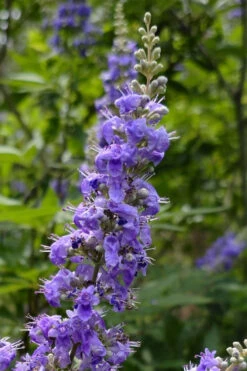
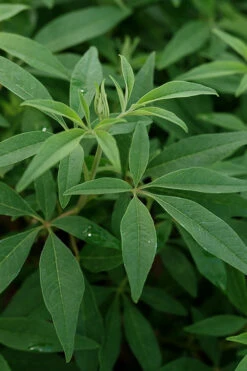

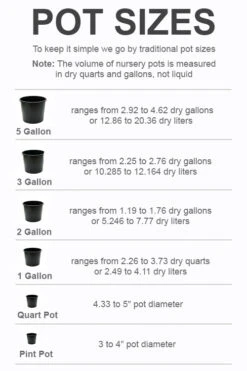
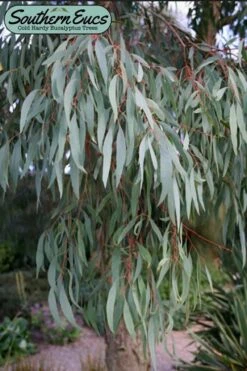
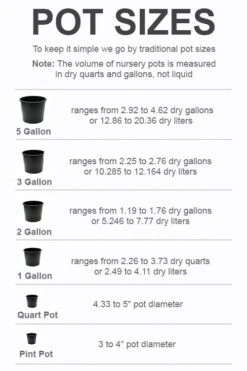



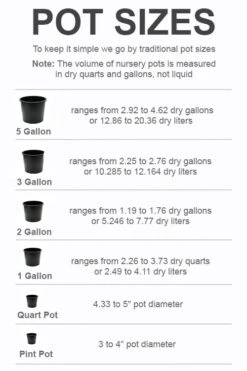



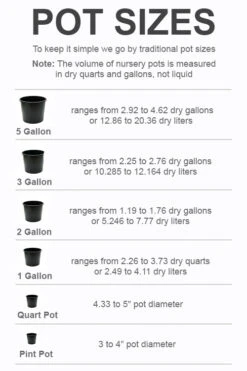

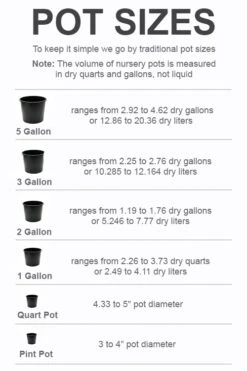
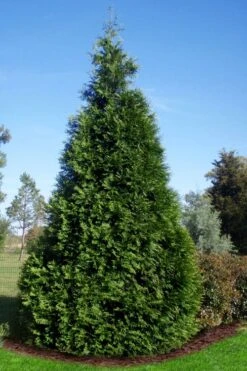
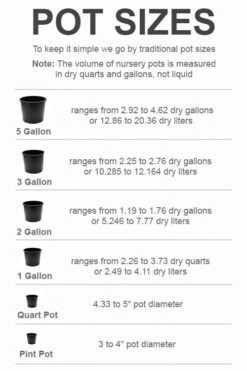
Reviews
There are no reviews yet.